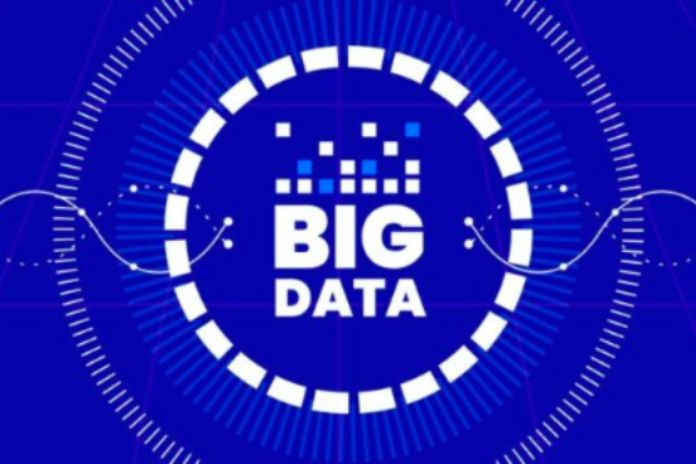In Big Data, data can be collected in different ways, which relate to how it will be stored and organized. However, considering the large volume and variety of records, they are not always of the same types.
In this sense, they can be structured or unstructured. Understand the difference:
Structured Data
For starters, it’s worth knowing structured data. The term refers to data that has a specific structure. Because of this, they can be easily broken down — which can be done by different categories or fields.
In this case, the data has a rigid structure, established in advance and planned to follow a pattern that makes it easier to read. A common example is data generated from formatted customer forms, which feature standardized fields to identify issues such as location, age, contact, interests, etc.
Traditional databases are another common example of structured data. The reason is that they have a tool to segment, separate and standardize the different registration groups – customers, suppliers, products, etc.
With this clear division between categories and information, the company can better direct what will be collected and how the records will be organized.
Unstructured Data
After knowing structured data, it is easy to deduce that unstructured data are those that do not have standardization. In practice, they have a more flexible structure but are also non-standard and have several different elements.
Generally, they can be from social networks, information portals, forums, etc. Although this expands the information that can be collected, the treatment requires an additional stage of preparation to make it structured so that it can be used properly by the company.
This happens because, even though it is possible to have tools that make this collection, the human work of analyzing the content of each record becomes essential to validate the relevance of the data.
The main reason for this is that context plays an essential role in understanding each piece of information’s value, and machines are still unable to perform this task effectively. It is worth noting that, although more complex, they are highly relevant, especially since most of the data generated are of this type.
Where Can Big Data Be Used?
In addition to understanding what Big Data is, you need to know where it can be used. The good news is that there are no limitations: the concept can be applied in different market sectors and help in other company tasks.
For example, sales and marketing sectors can use the information to define better strategies for attracting and converting customers, increasing results. The production sectors can use data to improve processes.
In financial management, they help design scenarios and inform decision-making. The segments of the economy that can take advantage of this trend are worth highlighting: the industry, retail, health sector, financial services, human resources, services in general and civil construction.
Difference Between Big Data And Business Intelligence?
When studying Big Data and other technological trends, it is common to come across the concept of Business Intelligence (BI) and wonder what changes between them. To clarify the topic, it is necessary to understand what BI is.
The term can be translated as “business intelligence” and refers to a set of methods and technologies for collecting, mining, organizing, interpreting and visualizing data, which will undergo business analysis.
Therefore, it does not refer to the data itself but to how it will be worked on so the business can use it more strategically. Realization BI is also related to information; it is not synonymous with Big Data.
In practice, Big Data refers to the volume of data and actions related to the collection and organized storage. On the other hand, BI processes this information, transforming it into insights that generate more value for the business. So they complement each other — and both are essential.
Also Read: What Is Edge Computing: Computing Is Done Close To Us

